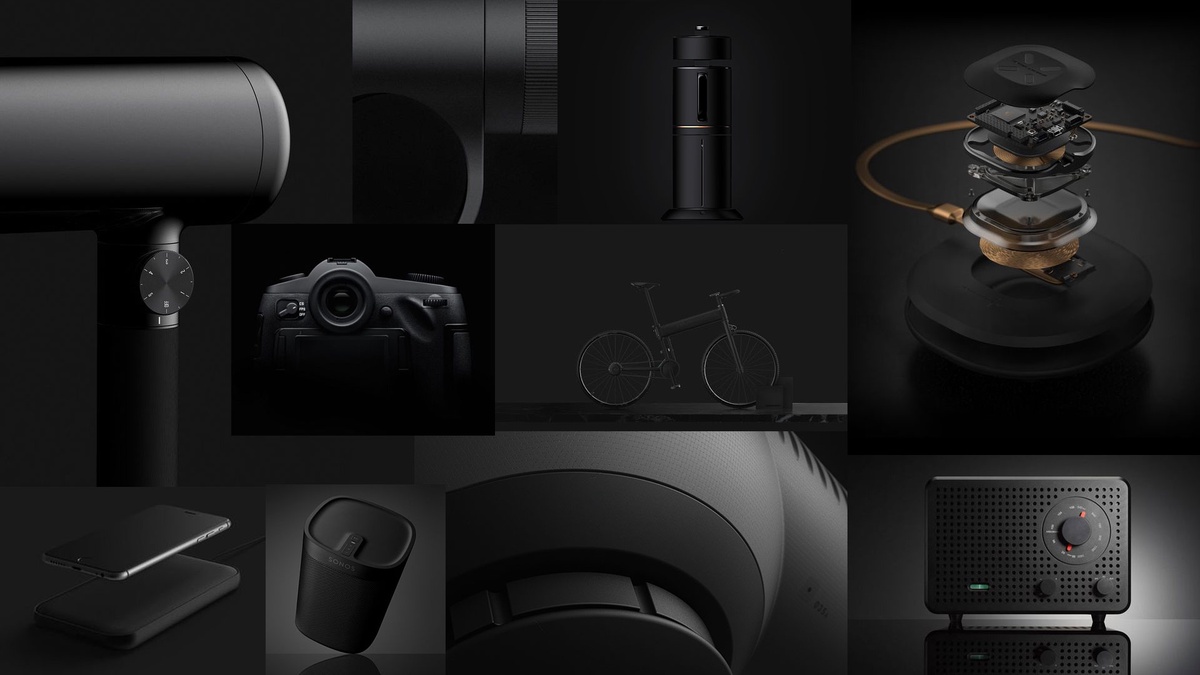In the modern age of e-commerce and digital marketing, product visualization has become an essential element for businesses. 3D product rendering, a technology-driven approach, has gained substantial traction due to its ability to revolutionize the way products are presented and marketed. In this comprehensive guide, we'll delve into the myriad benefits of product 3D rendering services, shedding light on its significance and impact on various industries.
The Power of 3D Product Rendering
1. Realism Beyond Photography:
Traditional product photography, while effective, has its limitations. Lighting, angles, and staging can impact the final visual representation. 3D product rendering transcends these limitations, creating photorealistic images that showcase products from all angles, in various lighting conditions, and even in different environments.
2. Cost-Efficiency:
Traditional product photography involves significant costs, from hiring photographers and models to arranging physical sets and retouching images. 3D product rendering eliminates many of these expenses. Once a 3D model is created, it can be used for multiple projects, saving both time and money.
3. Rapid Prototyping and Design Iteration:
For product designers, 3D rendering allows for rapid prototyping and design iteration. Changes can be made efficiently in the digital realm before committing to physical production. This accelerates the design process and reduces the likelihood of costly errors.
4. Customization and Personalization:
Businesses can easily customize product visuals to cater to different markets and customer preferences. Whether it's altering colors, materials, or configurations, 3D rendering makes adaptation a breeze.
5. Reduced Time-to-Market:
Speed is a critical factor in the competitive world of e-commerce. 3D rendering shortens the time-to-market by expediting product visualization, from concept to the final visual representation, helping businesses get their products in front of customers faster.
6. Enhanced Product Visualization:
3D product visualization services enable customers to interact with products more effectively. They can view items from all angles, explore features, and even see how products work. This interactive experience fosters customer engagement and trust.
7. Versatility in Marketing:
With 3D rendering, businesses can create marketing materials for various platforms and media. From websites and social media to print catalogs and advertisements, a single 3D model can be used consistently across all marketing channels.
8. Consistency in Branding:
Consistency in branding is crucial for businesses. 3D product rendering ensures that products are presented uniformly, maintaining brand identity and recognition throughout all marketing materials.
Applications in Various Industries
1. E-Commerce and Retail:
E-commerce platforms heavily rely on 3D product rendering to create immersive shopping experiences. Online shoppers can rotate and zoom in on products, exploring them as if they were in a physical store. This leads to a higher level of consumer confidence and fewer product returns.
2. Furniture and Interior Design:
For furniture manufacturers and interior rendering designers, 3D product rendering is a game-changer. It allows them to showcase furniture in various room settings, helping customers visualize how pieces will fit into their own spaces.
3. Automotive:
The automotive industry utilizes 3D product rendering for everything from vehicle design and prototyping to marketing materials. Customers can explore car features and designs without visiting a dealership.
4. Architecture and Real Estate:
Architects and real estate professionals leverage 3D rendering to create lifelike representations of buildings and interiors. This technology enables clients to explore architectural designs and floor plans before construction begins.
5. Jewelry and Fashion:
3D rendering has brought innovation to the jewelry and fashion industries. Custom jewelry design and virtual fashion shows have become more accessible and cost-effective through 3D technology.
6. Product Design and Manufacturing:
Product designers use 3D rendering for prototyping and testing new products. It reduces the time and cost associated with physical prototypes and allows for rapid design changes.
The Process of 3D Product Rendering
Creating 3D product renderings involves a series of steps:
1. 3D Modeling:
A 3D model of the product is created using specialized software. This model includes details like size, shape, texture, and color.
2. Material Mapping:
Textures, materials, and finishes are applied to the 3D model to achieve a lifelike appearance. This step is essential for capturing the tactile and visual qualities of the product.
3. Lighting Setup:
Professional rendering artists set up the lighting conditions within the virtual environment to achieve realistic illumination. This can simulate natural sunlight, studio lighting, or any other desired lighting effect.
4. Rendering:
The scenes are rendered, producing high-quality images or animations. These visual representations can be fine-tuned to achieve the desired look.
5. Post-Processing:
The final renderings may undergo post-processing to further enhance their quality. This can involve color correction, retouching, and compositing.
Choosing the Right 3D Product Rendering Service
Selecting the right 3D product rendering service is essential to reap the benefits it offers. Here are some factors to consider:
-
Portfolio: Review the service provider's portfolio to assess the quality of their work and experience in your industry.
-
Communication: Effective communication is vital. Ensure that the rendering team understands your product and design objectives.
-
Collaboration: Choose a team that is open to collaboration and responsive to your feedback. A positive working relationship can yield excellent results.
-
Technology and Software: Inquire about the software and technology the rendering service uses. Staying updated with the latest tools ensures the best outcomes.
In Conclusion
The benefits of 3D product rendering are vast and transformative across multiple industries. It revolutionizes the way products are presented, offering realism, cost-efficiency, and unparalleled versatility in marketing. With the ability to expedite design, customization, and prototyping, 3D rendering has firmly established itself as a cornerstone of modern business and design practices.
As technology continues to advance, the impact of 3D product rendering on visual marketing and product development is only expected to grow, reshaping industries and enhancing the way we interact with products and designs.


No comments yet